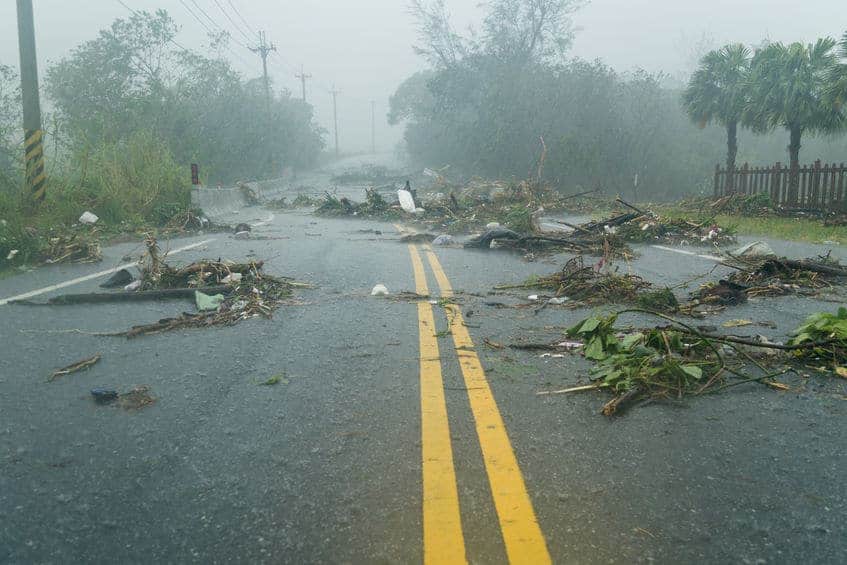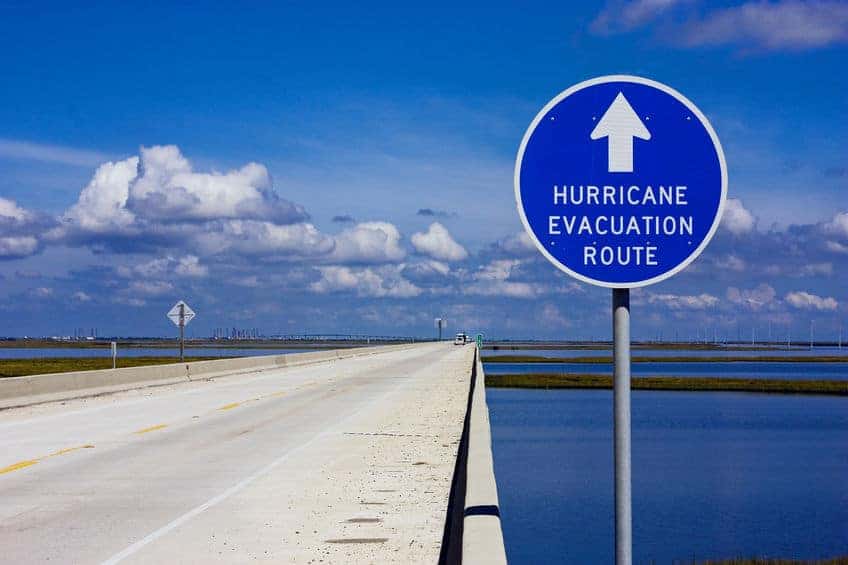
by Brian Brignac | Aug 29, 2012 | Archived, Cybersecurity, Disaster Recovery
As Hurricane Isaac continues its slow march inland, the city of New Orleans is largely without power this afternoon. This image shows the widespread power outages in the city. It’s seems eerie that today is the seventh anniversary, if you should call it that, of Hurricane Katrina.

Global Data Vault remains busy supporting customers and bringing up failover environments in our Dallas data center facility. We remain available to assist current and new customers in the affected areas and elsewhere.
Key: Blue = 1 to 50, Yellow = 51 to 250 and Red = 251 to 1,000 power outages.
While power is down all across New Orleans, the good news is that – so far flooding – remains largely controlled. Flooding was the cause of great devastation and loss of life that resulted from Katrina. Let’s hope that this situation remains as it is now – certainly serous, but not a repeat of Katrina.

by Brian Brignac | Aug 10, 2012 | Archived, Disaster Recovery
Whether you are outsourcing your Disaster Recovery program or keeping it in house, the steps required to implement it are critical. In this series, we’ve drafted an outline of how to build a remote Disaster Recovery site for your IT. In our previous articles, Choosing a Disaster Recovery Site Location and What Does It Take To Build a Remote Disaster recovery Site for Your IT? we detailed steps 1 through 5:

- Determine the business requirements for RTO and RPO
- Determining the right location
- Acquire and / or build the right platform at the Disaster Recovery location
- Virtualization of the primary and backup environments and production systems
- Moving the data
In this final installment, we’re taking a look at the last three steps:
6. Synchronizing the data
7. Creating the failover environment
8. Testing the program
Synchronizing the Data
The only way to synchronize the data is to implement software or hardware to manage the process. The software application or hardware platform you choose to install will sit in your primary server environment and it will keep an eye on all your data, continually monitoring it for changes. When it sees a change, it knows to send the change to the Disaster Recovery site.
This activity typically occurs on what’s referred to as a “block level.” Block storage is normally abstracted by a file system or database management system for use by applications and end users. A block of data is what your disk system writes. Think of it like this: Your operating system has a database that houses all your data. If you hit “file à open” in Microsoft Word, you then choose the file you want, and you’re telling your operating system to open the file. The computer translates this activity to a disk location where your information is stored internally, then the operating system and file system move the read head to that location and it starts reading the data – and voila, it pulls up the file on your screen. (more…)

by Brian Brignac | Aug 2, 2012 | Archived, Disaster Recovery
What does it take to build a remote Disaster Recovery site for your IT? (Part 2 of 3)
Whether you are outsourcing your Disaster Recovery program or keeping it in house, the steps required to implement it are critical. In this series, we’ve drafted an outline of how to build a remote Disaster Recovery site for your IT. In our previous article we detailed steps 1 and 2:
- Determine the business requirements for RTO and RPO
- Determining the right location
And in this article we’ll look at steps 3 – 5:

3. Acquire and / or build the right platform at the Disaster Recovery location
4. Virtualization of the primary and backup environments and production systems
5.Moving the data
Building the right platform:
After establishing your RTO (restore time objective) and RPO (restore point objective) requirements, you’ll have to have a way to make restores happen. If you’re capturing transactions, for example, you have to have a method to record those transactions in multiple places so that you will be able to bring them to the disaster recovery site. And, naturally they need to be delivered to the disaster recovery site in a timely enough basis to achieve your RTO and RPO.
You will need:
- tools that can replicate databases
- high speed communications between the sites that are reliable and can keep the replication in place and keep it current
- redundant storage
- redundant processing power
- a way to switch between primary and backup quickly and easily without things going terribly wrong
- the manpower to build out infrastructure nearly twice in separate locations and to keep the two sites synchronized
- the mechanisms in place to see that if the primary is offline, switch to the secondary, and when disaster is over, switch back to primary. (more…)

by Brian Brignac | Jul 23, 2012 | Disaster Recovery
Disaster Recovery is one thing you hope you never need, but if you do, you’ll be very happy if you have right plan in place. Whether you are outsourcing your Disaster Recovery solution or keeping it in house, the steps required to implement it are somewhat complex, but very important. In this 3 part series, we’ve drafted an outline of how to build a remote DR site for your IT.

We’ll address each step in more detail:
- Determine the business requirements for RTO and RPO
- Determining the right location
- Determining if the right systems are available at the location
- Virtualization of the primary and backup environments/production systems
- Moving the data
- Keeping the data synced
- Building the failover environment
- Testing and proving the disaster recovery program works
1. Determine the business requirements:
Your “business requirements” boil down to one thing: figuring out how long you can afford to be without your IT. Is it seconds? American Airlines has a zero second threshold. They lose thousands maybe millions of dollars for each second their system is unavailable. Your business operations may not be so mission critical and are able to skip a heartbeat for minutes, hours, days — without a significant impact on your bottom line. (more…)

by Brian Brignac | Jul 18, 2012 | Archived, Disaster Recovery
What’s the difference between Data Backup and Disaster Recovery and how do I know which I need?
What it is
Data backup is a method in which your computer and network files are replicated in such a way that you can reinstall them in the event of a data loss. Data backup is designed to protect data files such as Word and Excel files and databases such as Access, SQL, Oracle, and the like.
Advantages of Data backup
- Requires less storage than other means of replicating data
- Data backup is easier to set up than some more sophisticated data protection solutions such as Disaster Recovery.
- It is also less costly than Disaster Recovery
- Data Backup provides good protection in the event of a data loss, especially when it is set up to follow the 3-2-1 backup rule. It’s a great solution when the loss is only files, folders, emails, etc.
Disadvantages of Data Backup
Data backup requires the user to have a working system in order to enable a restore of the backed-up files, so it’s not the ideal solution when there is a full-blown hardware failure. When the hardware that’s holding the data dies, the user must first fix or replace the defective hardware and reconfigure all the settings before the data recovery can begin.
Data backup also enables a more sophisticated data retention policy that encompasses how long to retain the backups and what versions. For example, do you keep with a standard backup schedule such as maintaining daily backups for 10 days, then weekly backups for 5 weeks, monthly backups for 13 months, yearly backups for 5 years?
Disaster Recovery or DR
What it is
Disaster Recovery, or “DR” is a strategy for your computer, the network files and all the software programs are replicated exactly, and in such a way that you can “recover” your entire system in the event of a data loss. Disaster recovery protects the entire “workload” (the server or the PC) including data, databases, programs, operating system, and settings. It can even restore to new hardware that has no software loaded on it – called a “bare metal” restore. (more…)









